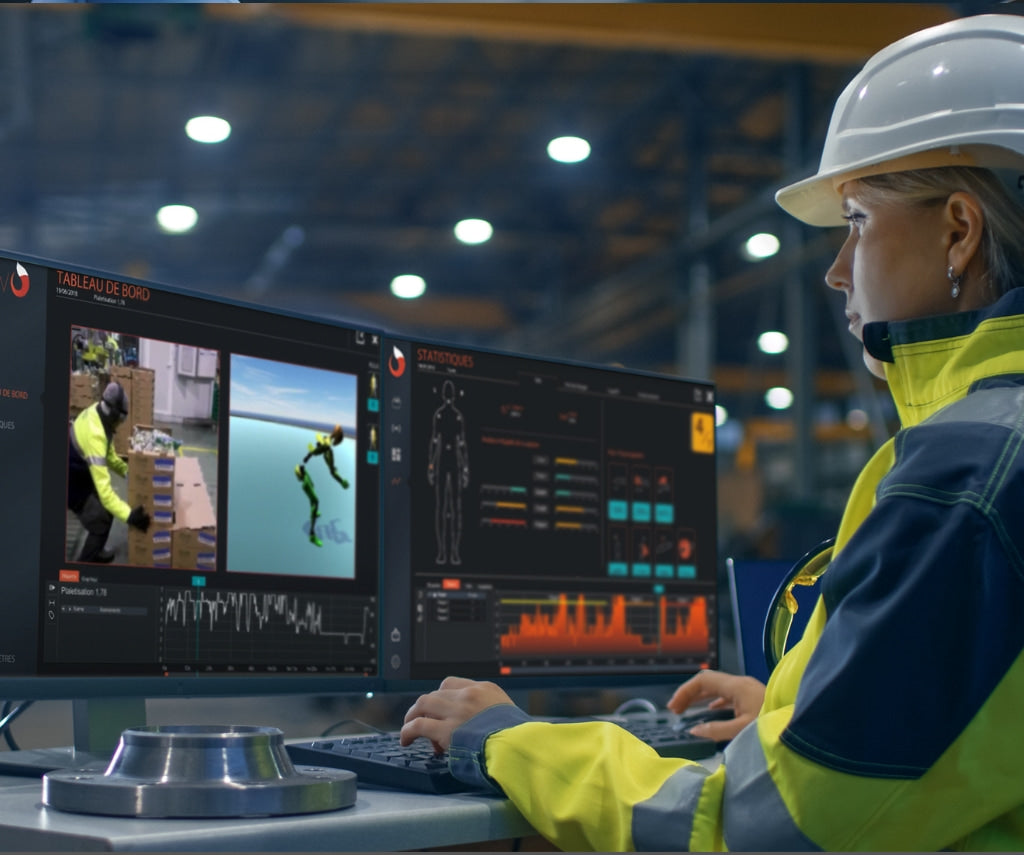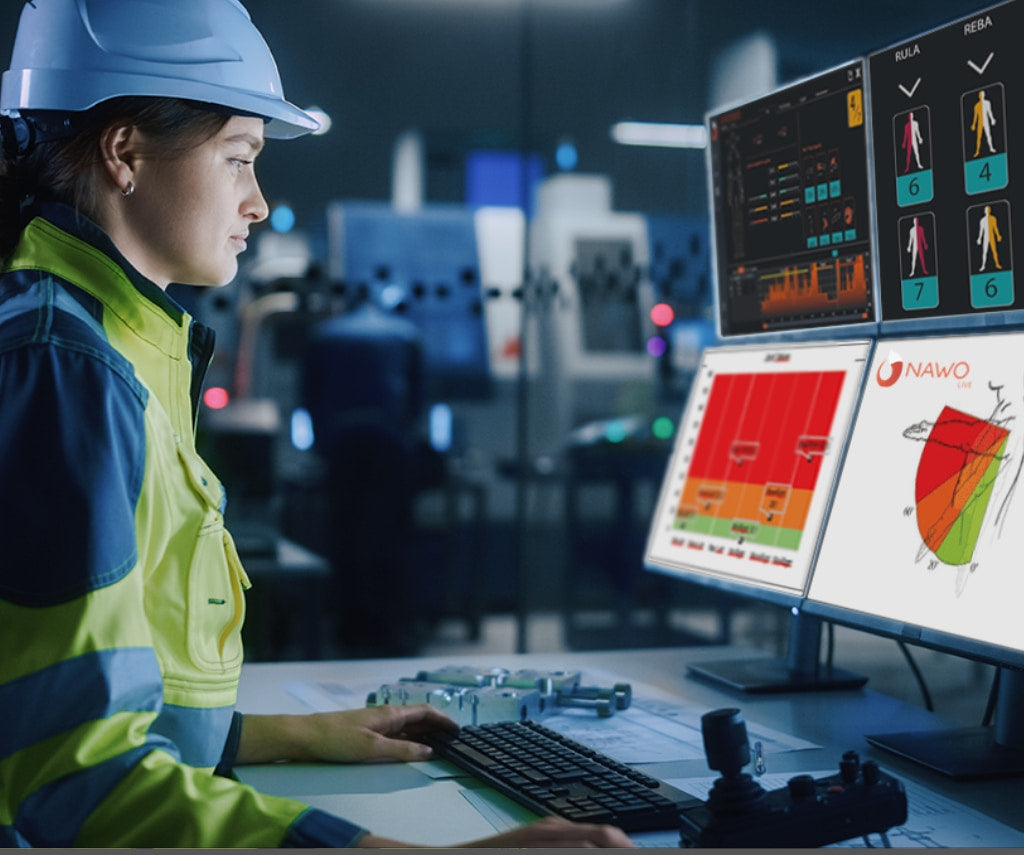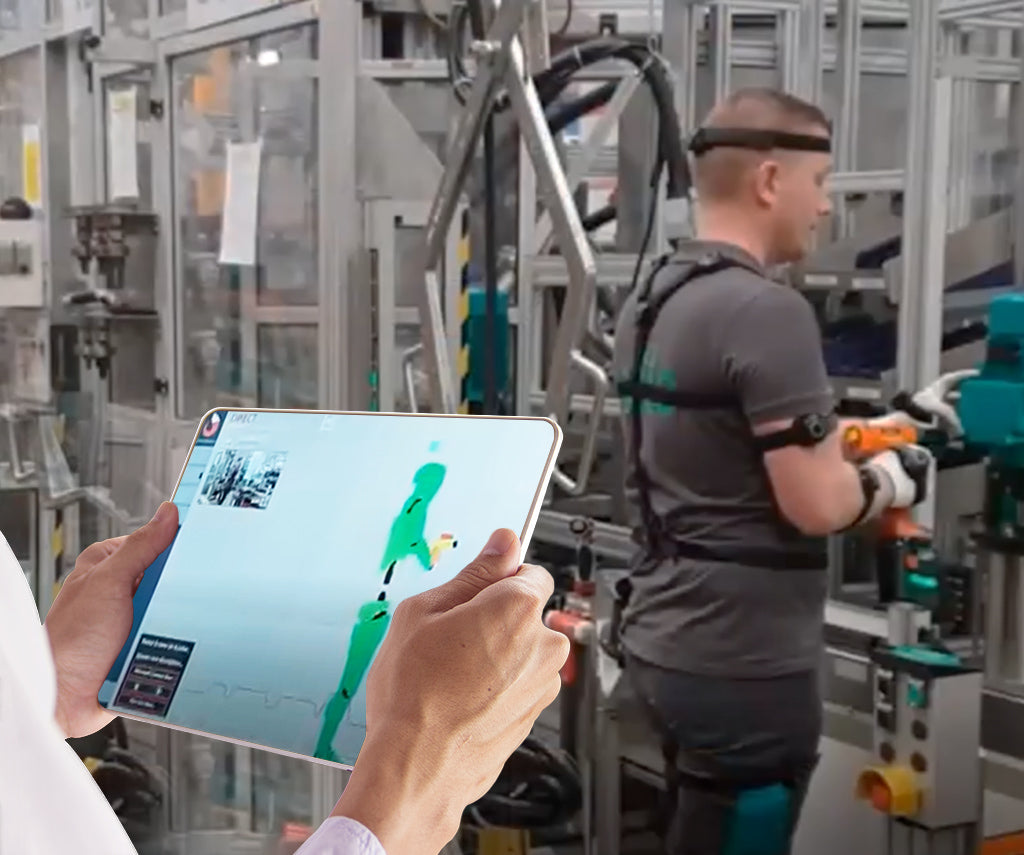
Copyright © 2015-2025 Noitom Ltd.
Perception Neuron is a registered trademark of Noitom Ltd.
Analyze RULA, REBA, EAWS, NIOSH with a portable, easy to wear and easy to use solution. Save time with quick and accessible reporting.
By identifying risk hazards and taking steps to mitigate them, businesses can significantly prevent workplace injuries and reduce their insurance claims. Using NAWO Live, businesses can ensure compliance with occupational health and safety regulations, reducing the risk of penalties and fines.
Easily identify and address workplace hazards that contribute to injuries. By conducting ergonomic assessments and implementing interventions, such as adjusting workstation setups or providing ergonomic equipment, businesses can reduce the physical strain on employees and prevent injuries that can lead to lost workdays.
Ensure your workforce is working in a safe, ergonomic, and healthy environment, free from hazards that can cause musculoskeletal disorders (MSDs) or other injuries. Ensure employers are complying with occupational health and safety regulations. Are your work postures putting your workforce at risk?

Reproduce human movement via a virtual mannequin, enriched with ergonomic and biomechanical indicators that makes it possible to estimate postural constraints, effort, and exposure times related to professional activity.
Ergonomic assessment tools are essential in identifying potential workplace hazards and minimizing the risk of musculoskeletal disorders.

Use Internationally recognized standards RULA, REBA, EAWS, and NIOSH for assessing ergonomic risks.

Rapid Upper Limb Assessment (RULA) is a tool used to evaluate the ergonomic risks associated with
repetitive upper limb tasks.
The tool assesses upper limb postures, forces, and
frequency of movements to determine the level of risk involved in a particular
task.

Rapid Entire Body Assessment (REBA) is a method used to evaluate whole-body postures and movements.
REBA analyzes the entire body's posture and movement, considering factors such as
weight, gender, and task duration, to identify potential ergonomic hazards.

Ergonomic Assessment Worksheet (EAWS) is a comprehensive tool used to assess ergonomic risks
associated with a specific job task.
EAWS considers a range of factors, such as
posture, force, repetition, duration, and environmental factors, to provide an overall assessment of
the ergonomic risk level.

The National Institute for Occupational Safety and Health (NIOSH) also provides a set of guidelines
for ergonomic assessments.
These guidelines consider multiple factors such as
postures, force, repetition, contact stress, and vibration to determine ergonomic risks.